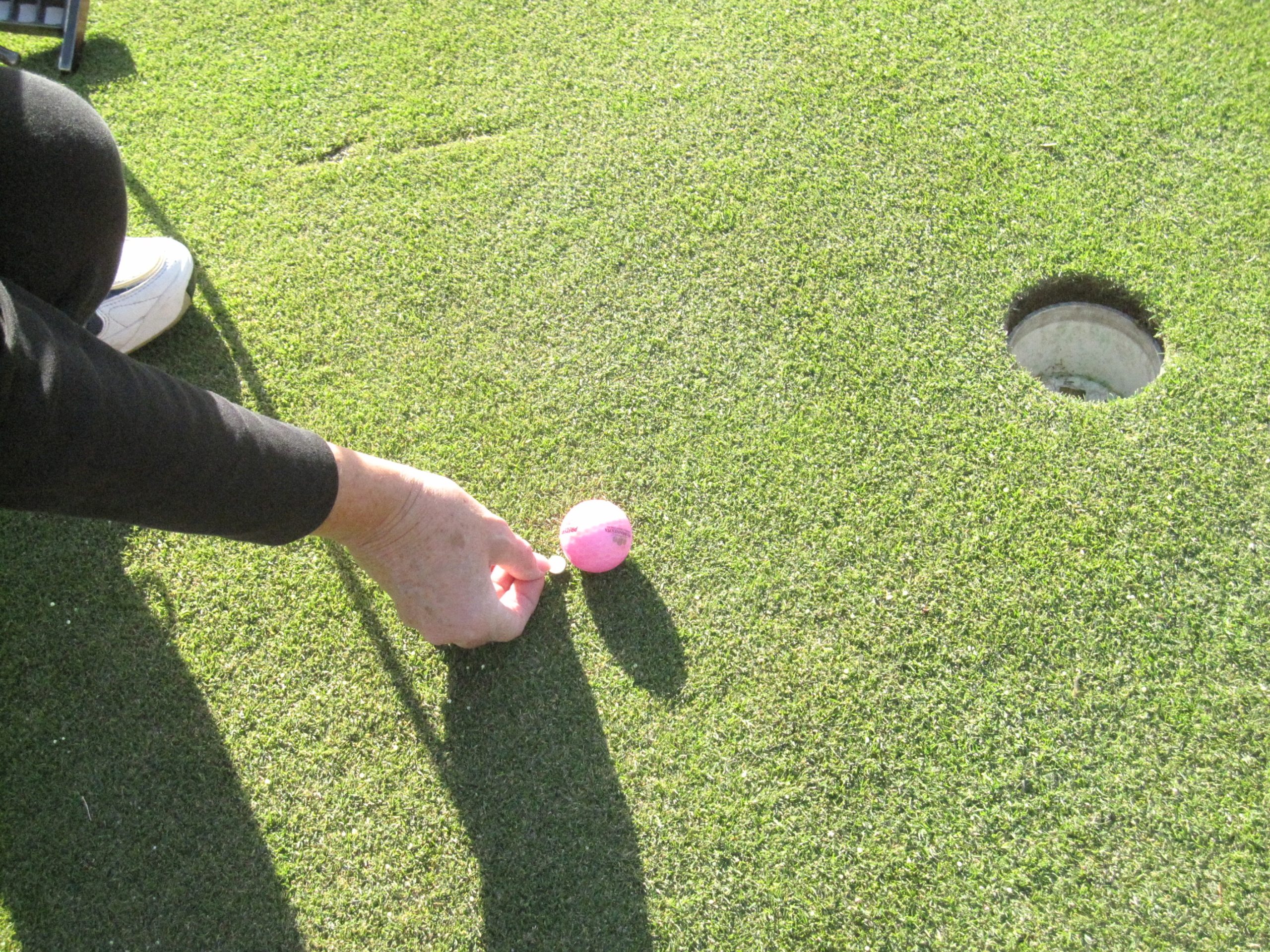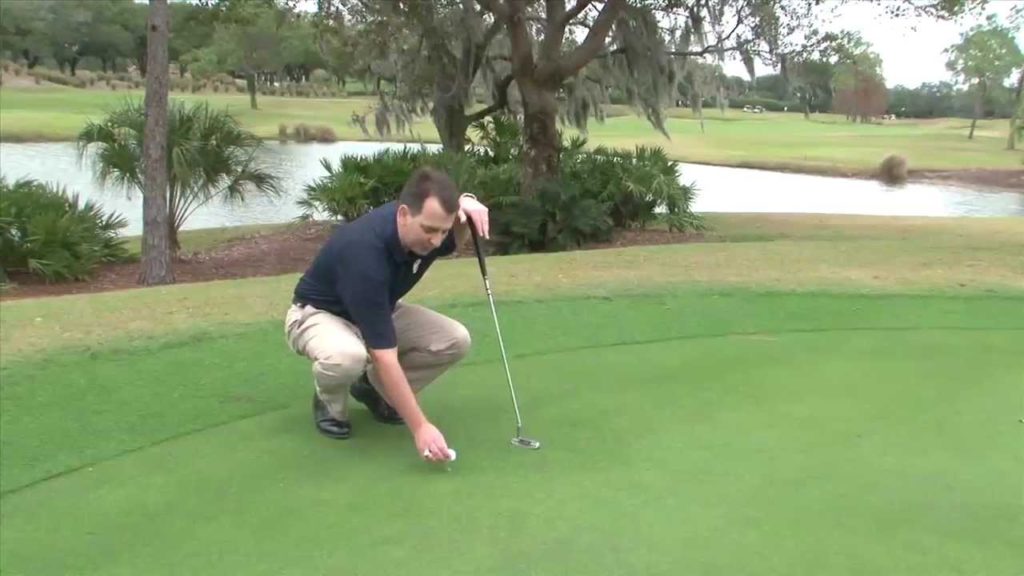Ball Marking In Golf: Know The Rules

Spell sweeping fairways and wide undulating greens, and the golf courses of Tampa, Florida immediately come to your mind. The courses in the Sunshine State make the game fun and challenging for players of all skill levels. But to play by the rules, you need to mark your golf ball when it is on the green so that the other golfers can putt. You should mark the ball as per the etiquettes of the game. Else, you may attract penalties on the course. Read on to learn more.
According to the rules, the ball marker is regarded as a movable obstacle. You can move it without attracting a penalty. If a ball marker is found in line with your putt, you can move the same. When a golfer putts with the marker in place, and he happens to hit the ball marker, the diverted ball should be played from the place it stops on the putting surface. You may mark it yourself or request someone (a caddy) who is authorized to do so. If the ball marked moves accidently, you would incur no penalties. Place the marker one or fuller club lengths to a side to move the marker.

According to Rule 20-1, a golfer must mark the ball before lifting it. You may mark it by placing a small coin or a marker just behind where the ball is found on the green. There is no hard and fast rule that you have to use a specific ball marker. You can mark it with a tee or the shaft of a 5-iron or the tip of your golf umbrella. You are not defying any rule of the game as long as the ball marker is not causing any mental obstruction. Do not place the marker somewhere else, like to the side or in the front. Remember not to mark in front of the golf ball because it may change the green in one way or the other.
As per Rule 22-2 of golf, you may request an opponent to mark the ball if it obstructs with your game physically or psychologically. Mental obstruction is undefined, and so the ball marker does not have to be in line with your putt or within your vision to create any disturbance. However, the rulebook states that a golfer who disregards the etiquettes will invite a penalty if he tries to cover up situations when a golf ball obstructs another ball during the game. You can use the tip of your umbrella to mark a ball, but something unusual or weird may result in mental interference and bother another golfer. If an opponent player asks you to use another marker, you must do so.
There are many rules associated with ball marking. For instance, if you drop the marker on the ball and move it, you attract a one-stroke penalty. However, you incur no penalty if your opponent moves the ball marker accidentally, or if it’s knocked away by an animal or by natural forces like winds. If a golfer thinks that he has already won a hole, and picks up the marker before the final decision, he will incur a one-stroke penalty. If you mark the ball but mishandle or drop the same, you attract no penalty. However, if you happen to kick the ball unintentionally when attempting to pick the ball, you incur a one-stroke penalty. According to the rules of the game, you dropped the ball, not in an attempt to lift the same. You will be penalized if you place the marker more than an inch behind the golf ball. If a golfer doesn’t mark the ball, but chooses to use a discernible spot on the green or blemishes the ball on the green as a point of reference, he will attract a one-stroke penalty.
Brush up the ball marking rules of the game before you head out to one of the Tampa (Florida) golf courses. The etiquettes are in place to motivate players to perfect the game and treat each other with mutual respect. Learning and respecting the rules would only translate into a better golfing experience for everyone.
